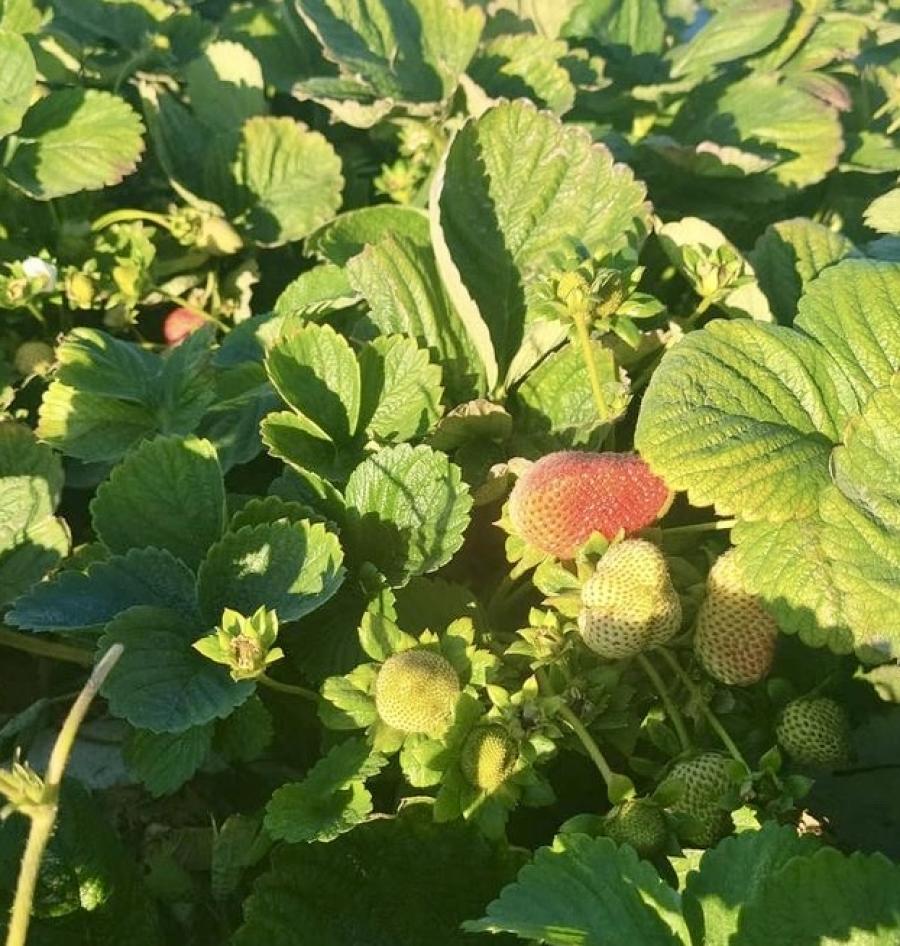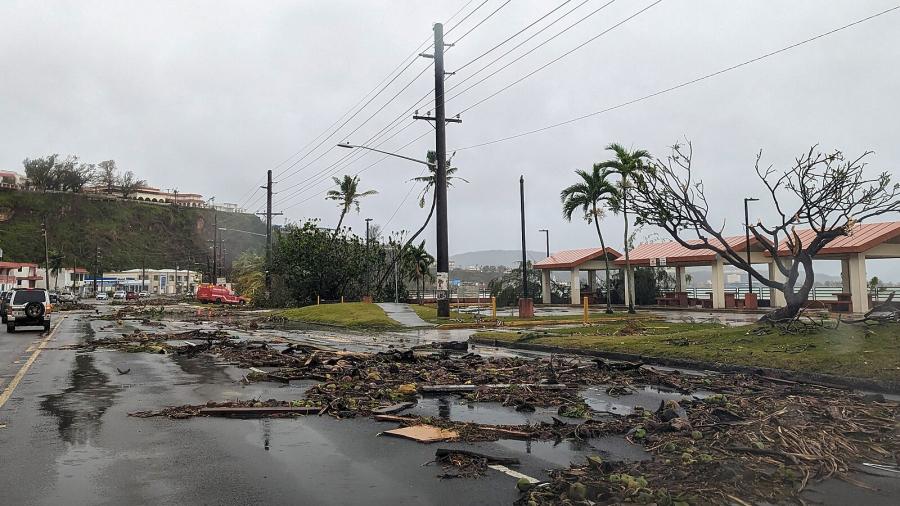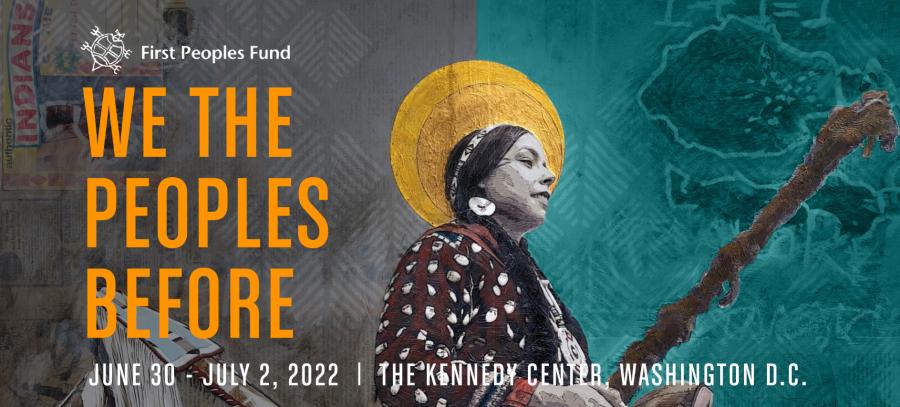The U.S.-Mexico border and the troubles faced by indigenous communities whose lands have been spliced down the middle are nothing new. But with increased fear of terrorism and heightened homeland security measures in the United States, the Tohono O’odham Nation in Arizona, which shares 75 miles of its border with Mexico, is being squeezed into a precarious position.
The Mexico-Arizona Fencing Project is going up section by section, with 13 miles already constructed at Organ-Pipe Cactus National Monument, moving east toward the reservation. As more and more fences go up in urban and rural areas, more and more smugglers—of both drugs and people—opt to go the reservation route. Approximately 1,500 undocumented immigrants and smugglers cross through the reservation’s boundaries daily.
The barricade on the neighboring Organ Pipe Cactus National Monument was proposed after a ranger was shot by a smuggler. A National Park Service Environmental Assessment of the fence acknowledges that "A vehicle barrier in the national monument could increase illegal entries east of the park on reservation land."
Tribal Chairwoman Vivian Juan-Saunders wrote in The Native Voice, "The impacts of this illegal activity have stretched the resources of our law enforcement agencies to the limit, and the nation now spends over $7 million annually in response to border related incidents."
The Nation has its own all-Indian customs unit, the Shadow Wolves, which patrols the area using a mix of high-tech equipment and traditional tracking skills. But the tribal council has also responded to increased pressures by participating the fencing project. Proposals for the continued barricade include two structures, one of steel rail ties and one fence with razor coils on top and a road for Border Patrol vehicles in between. One hundred and forty-eight surveillance cameras would line the reservation's border with Mexico, and high-powered floodlights would be on 24-hours a day.
Two of the reservation's 11 districts lie on the international border, and both have agreed to the fence out of concern for their safety. But many O’odham community members on both sides of the border are experiencing restrictions as they travel their traditional trans-border routes to visit relatives and hold ceremonies.
"Migration is a naturally occurring thing in the world. No wall can stop it," said Ofelia Rivas of O’odham Voice Against the Wall, a group of elders and youth concerned with carrying on their traditional ways.
According to Juan-Saunders, "Prior to European contact, the aboriginal lands of the O’odham extended east to the San Pedro River, west to the Colorado River, south to the Gulf of California, and north to the Gila River."
O’odham lands were placed in Mexico by the 1848 Treaty of Guadalupe, then split by the current boundary with the 1854 Gadsden Purchase. In 1993, the U.S. government stepped up its initiative to enforce its southern border, focusing security in urban areas. As fences are moved further out from these areas, migrants are pushed into the desert, where many die of heat exposure. The traditional routes of the O’odham now have roads for easier travel, but are not recognized by either the U.S. or Mexican governments.
Though they have the most direct boundary, Tohono O’odham is not the only tribe affected by the border. Kumeyaay, Cocopah, Gila River O’odham, Yavapai-Apache, Pascua Yaqui, and Kickapoo are all affected. José Matus of Indigenous Alliance Without Borders and a Yaqui ceremonial leader told Indian Country Today that the Patriot Act, the Department of Homeland Security, and increased militarization of the border have made it difficult for indigenous peoples to cross the border to conduct ceremonies and for family reasons.
"Everybody has that issue about safety, of course," said Rivas. "The smugglers—those people are armed. But I think that there’s another solution other than barricades. People need opportunities, not just near here, but in the whole of Mexico. It’s the U.S. pushing them out of their communities. They don’t have anything to support sustainable economic development and self-government. Young people tend to get coerced into trafficking. Then they’re given severe sentences and are sitting in prison."
Rivas continues, "There is a lot of abuse by Border Patrol that people do not talk about because they are afraid." She recounts a story of a grandmother, mother, and son who were stopped by Border Patrol agents a mile north of the border, held at gunpoint, and threatened that if they went to Mexico and tried to return to the United States on the same route, they would be detained and deported. Tohono O’odham members regularly have to carry documents to prove their identity even when on their own lands, whether they are trying to cross the border or not.
"All we want is for elders to be able to do the ceremonies they’ve done since creation," says Rivas. "That’s all we want."



